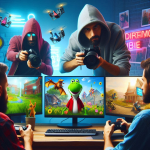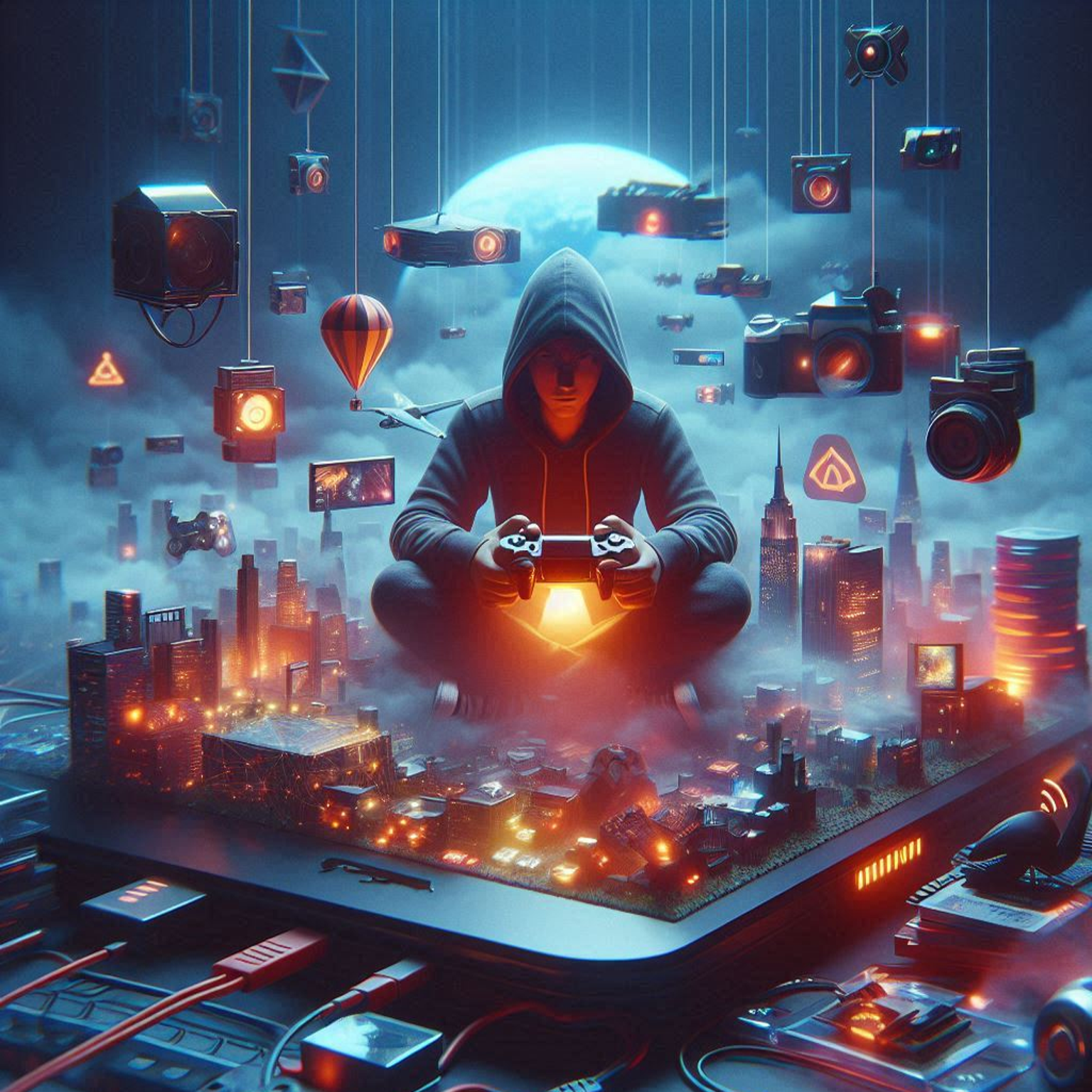In today’s world, playing games is not just about having fun alone; it’s also about connecting with friends and people from all over the globe. This shift towards making games more social is changing how we play and enjoy games. Social gaming platforms are becoming more popular, and they are making gaming a shared experience.
One of the main reasons for this change is the rise of technology. With smartphones and the internet, it’s easy to play games with others, no matter where they are. People can join each other in games, chat, and even share their achievements online. This brings a sense of community among players and makes the gaming experience much more enjoyable.
Social gaming platforms help bring everyone together. They are websites or apps where players can connect, share tips, and even play games together. This creates a fun and friendly environment where people can meet new friends and build teams.
Another important term to know is “multiplayer.” Multiplayer games allow many people to play together at the same time, which makes games more exciting. When players team up or compete against each other, it adds an extra layer of fun and challenge.
So, as games continue to evolve, we can expect more ways to connect with others while playing. The world of gaming is becoming a place where friendships are made, and fun is shared, making it a truly social experience.
In summary, social gaming platforms are changing how we play games. With the help of technology, it’s easier than ever to connect with friends and play together. Whether it’s through multiplayer games or online chats, the future of gaming is all about being social!
The Rise of Social Gaming Platforms
In recent years, video games have evolved from solitary experiences into social platforms where players can connect, interact, and collaborate with friends and strangers alike. This shift has transformed how we think about gaming, leading to the rise of social gaming platforms that prioritize community engagement.
What is Social Gaming?
Social gaming refers to video games that incorporate social networking features, allowing players to communicate, collaborate, and compete with one another. These games often encourage sharing achievements, participating in events, and forming groups or teams. Some key aspects of social gaming include:
- Multiplayer Features: Games that allow multiple players to interact with each other in real-time.
- Community Building: Players can create or join groups to participate in activities together.
- Social Media Integration: The ability to share game progress and achievements on platforms like Facebook and Twitter.
How Are Games Becoming More Social?
Several trends have contributed to the increasing social aspects of gaming:
- Online Multiplayer Modes: Many games now offer online multiplayer modes that allow players to join friends or other gamers worldwide.
- In-Game Communication: Players can chat or voice chat with teammates during gameplay, facilitating better cooperation and strategy.
- Community Events: Developers often organize seasonal events or tournaments that encourage players to participate together.
- Streaming and Content Creation: Platforms like Twitch and YouTube allow gamers to share their gameplay experiences, fostering community interaction through comments and live chats.
Popular Social Gaming Platforms
Various platforms have emerged, focusing on social gaming. Some of the most popular include:
| Steam | Community groups, friend lists, and in-game chat. |
| Discord | Voice chat rooms, community servers, and game integration. |
| Facebook Gaming | Integration with social media, streaming capabilities, and group play. |
Benefits of Social Gaming
Engaging in social gaming can have several benefits, including:
- Building Friendships: Many players form lasting friendships through shared gaming experiences.
- Improved Teamwork: Multiplayer games encourage communication and collaboration, enhancing teamwork skills.
- Increased Enjoyment: Sharing a game with friends can make it more enjoyable and entertaining.
Challenges Faced by Social Gaming
Despite its many advantages, social gaming can also present challenges:
- Online Harassment: Some players may encounter toxic behavior or harassment from others during gaming sessions.
- Addiction: The social aspect can make games more engaging, leading to excessive playtime for some individuals.
- Privacy Issues: Sharing personal information can lead to privacy concerns, especially on social platforms.
Expert Insights
Numerous gaming experts and industry leaders have commented on the rise of social gaming. For instance, one industry analyst stated:
“Social gaming has transformed how people connect, turning gaming into a mainstay of social interaction.”
Additively, another expert mentioned:
“The integration of social features in games is a response to players’ desires to share experiences and collaborate with others.”
Looking Ahead
The future of social gaming looks promising. As technology continues to develop, we can expect even more innovative ways for players to interact. Virtual reality (VR) and augmented reality (AR) technologies are already beginning to enhance social gaming experiences.
In summary, social gaming platforms are reshaping the landscape of video games, creating new opportunities for engagement and community building. The fusion of gaming and social interaction has not only made games more connected but has also formed vibrant communities and friendships that extend beyond the screen.
What is social gaming?
Social gaming refers to online games that allow players to interact with each other, often through cooperative or competitive gameplay. It includes elements such as chat features, social media integration, and multiplayer modes that encourage connections among players.
How have games become more social over time?
Games have evolved from single-player experiences to more social environments by integrating features such as live chat, friend lists, and in-game events. Developers are increasingly focusing on creating platforms that foster community interactions, making it easier for players to connect and engage with one another.
What are some popular social gaming platforms?
Some of the most popular social gaming platforms include Facebook Gaming, Twitch, Discord, and mobile apps like Among Us and Fortnite. These platforms provide a space for gamers to share experiences, stream gameplay, and communicate with each other in real-time.
What benefits do social gaming platforms offer?
Social gaming platforms enhance connectivity among players, providing a sense of community and belonging. They also offer opportunities for collaboration, competition, and social interactions, enriching the gaming experience and making it more engaging.
Can social gaming have negative effects?
Yes, while social gaming has many benefits, it can also lead to issues such as online harassment, addiction, and decreased face-to-face interactions. It’s essential for players to maintain a healthy balance between gaming and their real-life social connections.
How do social features impact game design?
Social features significantly impact game design as developers now prioritize interactions among players. This includes designing levels that encourage teamwork, implementing leaderboards, and creating social challenges that require player collaboration, making the gameplay more dynamic.
Are there any age restrictions for social gaming?
Age restrictions vary by platform and game. Many games have age ratings to ensure they are appropriate for certain audiences. It’s important for players and parents to review these ratings and understand the content and social interactions involved.
What is the future of social gaming?
The future of social gaming looks promising, with advancements in technology such as virtual reality and augmented reality expected to enhance social interactions. As gaming continues to evolve, the integration of social features will likely become even more seamless and innovative, further connecting players worldwide.










